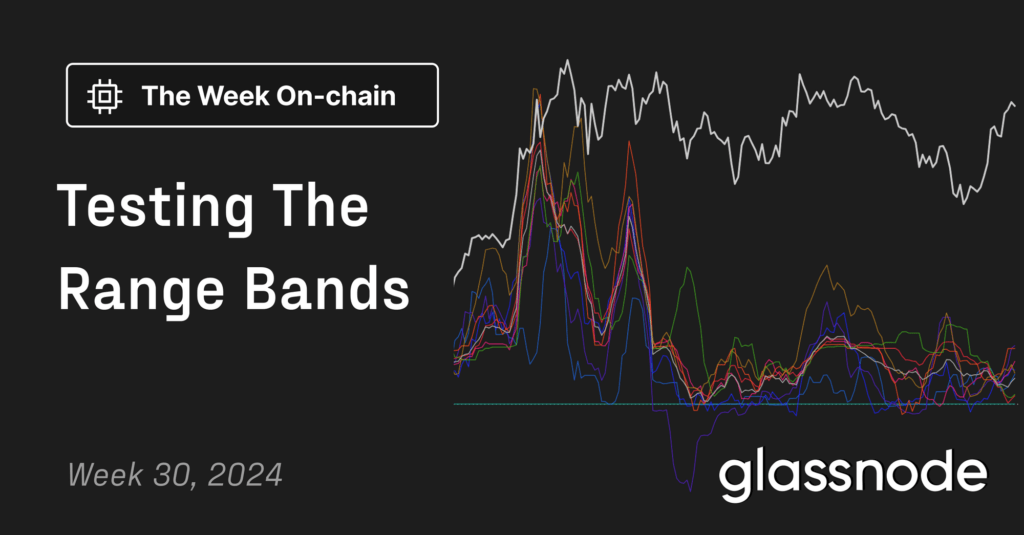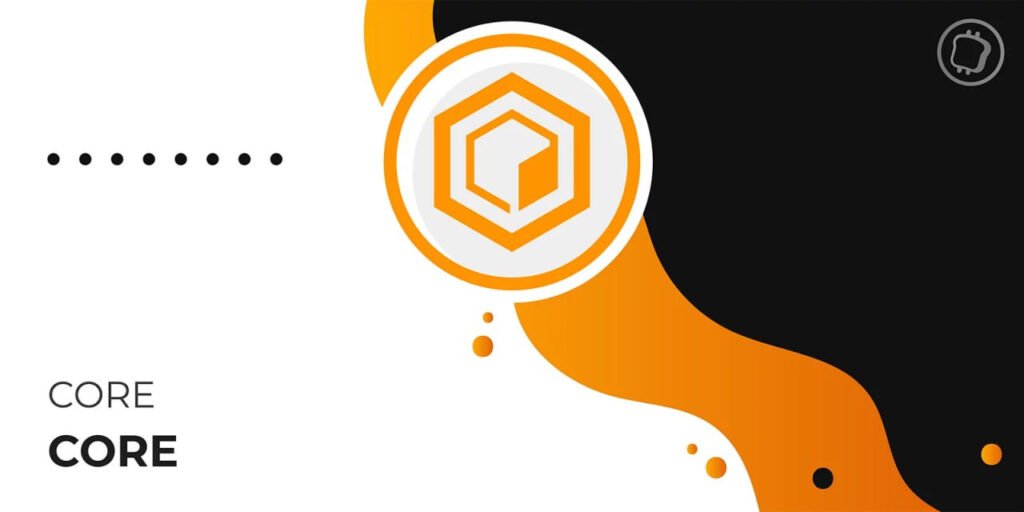Research Summary
The research report provides an accessible explanation of the concept of a hash, a core cryptographic element enabling the cryptocurrency space. It discusses the properties of hash functions, their role in the Bitcoin mining process, and their use in the blockchain data structure. The report also presents a simplified model of Bitcoin mining to illustrate these concepts. Furthermore, it highlights the importance of the difficulty parameter in Bitcoin mining, which adjusts every 2,016 blocks to maintain a targeted 10-minute average time between blocks. The article also mentions the market capitalization of Tether (USDT), which has reached $83B across Tron, Ethereum, and Omni.
Actionable Insights
- Understand Hash Functions: Hash functions are a core cryptographic element in the cryptocurrency space. Understanding their properties and how they work can provide valuable insights into the functioning of cryptocurrencies and blockchain technology.
- Monitor Bitcoin Mining: The report provides a simplified model of Bitcoin mining, which can be useful for understanding the mining process and the role of hash functions in it. Monitoring developments in Bitcoin mining can provide insights into the health and security of the Bitcoin network.
- Track Difficulty Adjustments: The difficulty parameter in Bitcoin mining adjusts every 2,016 blocks to maintain a targeted 10-minute average time between blocks. Tracking these adjustments can provide insights into the level of competition among miners and the overall computational power of the Bitcoin network.
- Monitor Tether’s Market Capitalization: The market capitalization of Tether (USDT) has reached $83B across Tron, Ethereum, and Omni. Monitoring the market capitalization of Tether and other stablecoins can provide insights into their usage and acceptance in the cryptocurrency market.












